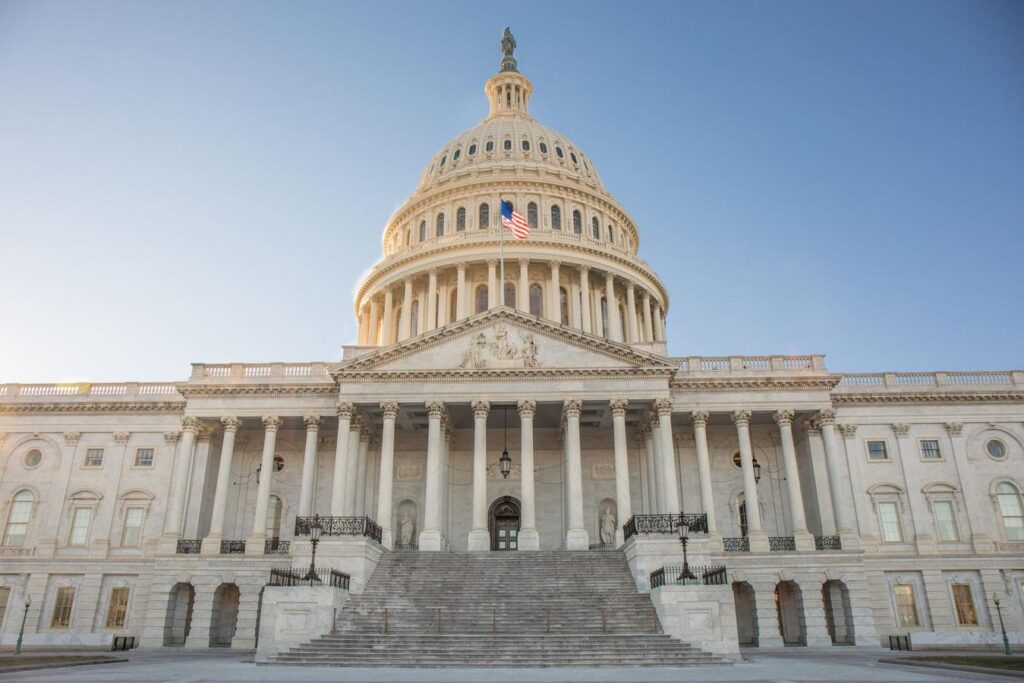Another SECURE Act might be in the works in Congress.
Extremely large bipartisan majorities ensured passage of the Setting Every Community Up for Retirement Enhancement (SECURE) Act in 2019 and the SECURE Act 2.0 in 2022.
The two laws made numerous changes to qualified retirement plans, including 401(k)s and IRAs.
The main goals of the laws were to make it easier for more people to participate in tax-favored retirement plans, increase contributions for some people, delay required minimum distributions, and allow penalty-free distributions in more situations.
Not all the changes were favorable for taxpayers. To offset some of the lost tax revenue from the laws, some revenue increases were enacted.
One revenue increase was the end of the Stretch IRA. Previously, beneficiaries who inherited IRAs or 401(k)s were allowed to distribute the accounts gradually over their life expectancies. That allowed them to tax full advantage of the tax deferral of the accounts.
After the SECURE Act, most beneficiaries of inherited retirement accounts must fully distribute the accounts within 10 years.
The retirement plan community still is digesting and processing all the changes in those laws, and the IRS hasn’t finalized all the regulations needed to flesh out the laws.
But a SECURE Act 3.0 already is taking form.
As always, interested parties who work with retirement plans are proposing drafts of additional changes they’d like to see in the retirement system.
Members of Congress also are proposing individual bills that would change some retirement plan rules, such as a recent proposal to require pension plans to allow participation by qualified workers as young as 18.
That is how the previous SECURE Acts started. Individual elected officials submitted retirement-related proposals, and the leadership packaged many of them into large laws. Congress seems intent on following this pattern again, though the leaders behind the first two iterations no longer are in Congress.
A big difference is that in 2025 Congress will be occupied largely with deciding how much of the 2017 Tax Cuts and Jobs Act to extend before the provisions expire at the end of 2025.
Congress also has to decide how much additional debt to accept and which additional taxes to impose to offset the tax cuts.
While some taxpayers will be affected by any tax benefits included in a SECURE Act 3.0, more taxpayers are likely to be subject to offsetting tax increases and benefit reductions.
Congress will have to pay for at least some of the revenue cost of extending the 2017 tax law provisions and enacting a SECURE Act 3.0. The benefits could be partially paid for by increasing or accelerating taxes on some retirees and retirement benefits.
One likelihood is an increase in some of the Stealth Taxes or the creation of new Stealth Taxes. Current Stealth Taxes include the taxation of Social Security benefits, the Medicare premium surtax, and the 3.8% net investment income tax.
Another widely-discussed idea is the “Rothification” of retirement plans. In general, this means ending the upfront tax benefits for contributing to IRAs and 401(k)s and forcing all future retirement contributions into Roth-type plans.
Some version of Rothification appeared likely to be enacted in 2017 until President Trump said it was “dead in its tracks.” It’s unknown if President Trump will change his mind on this, as he has on some other issues.
Other past proposals that might be resurrected are to force earlier distributions from large retirement accounts, tax large retirement accounts, and restrict the investment options of some IRAs.
Most people will be focused on the widely-discussed issues, such as extension of the 2017 tax cuts. But those in or near retirement should pay close attention to the details of any SECURE Act 3.0.
Read the full article here

